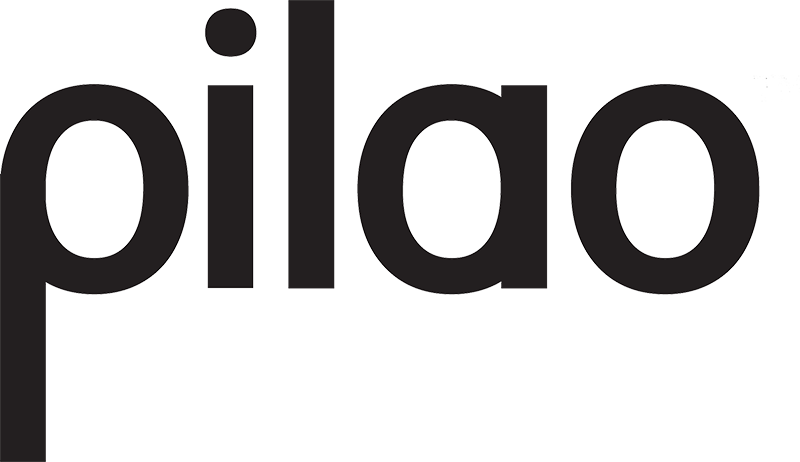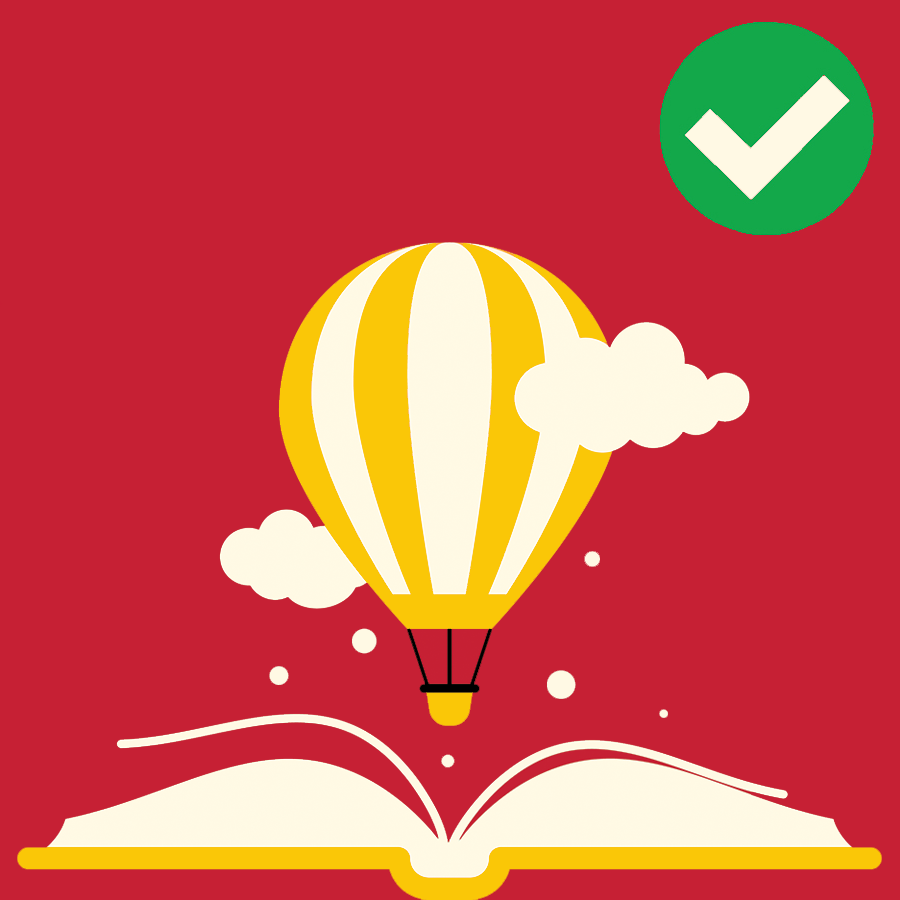Publishing and Web Accessibility [Sector Snapshot]
Accessibility
Publishers are increasingly committing to equality and diversity. But how accessible are their websites? We took a look at the Big Five UK publishers. By Margaret Cooney, Jon Reed and Pilao Lab’s accessibility team.
In 2018 the UK publishing industry was worth £6bn. It’s a huge contributor to the UK economy and the bedrock of the UK creative industries as a whole.
Publishers are increasingly committing to equality and diversity – not least since the 2020 report Rethinking ‘Diversity’ in Publishing . But while issues of ‘race’, gender and class are high on the agenda, what about disability? How accessible are publishers’ own websites to people with visual impairments, physical or other disabilities?
To begin to answer this question, we tested a sample of 100 pages from the corporate websites of the Big Five UK publishers: Hachette UK, HarperCollins, Pan Macmillan, Penguin Random House (PRH) and Simon & Schuster UK. We found variation across the group, with Simon & Schuster ranking 1st, closely followed by Hachette in 2nd; Pan Macmillan in 3rd, and PRH and HarperCollins coming 4th and 5th with the most work to do. Yet all have some way to go to make their websites fully accessible.
Top 5 UK Publishers and Website Accessibility
Why accessibility matters
At a time when publishing is often accused to being too white and middle-class – in terms of both staffing and perceived readerships that are catered for – making the industry more diverse and inclusive is the right thing to do both commercially and morally. The same applies to people living with disability.
Web accessibility isn’t just a ‘nice to have’ extra that makes websites accessible to a few extra potential readers. An accessible website is:
Legal. Web accessibility is a legal requirement, under the UK Equality Act (2010). We expect public spaces to be accessible to a disabled person, and we should expect the same from the digital world.
Moral. An accessible website is an essential component of your diversity and inclusion agenda.
Open to all. This isn’t a niche concern. In the UK currently, one person in five has a disability. In the US it’s one in four. An accessible website will reach many more potential readers, employees and other stakeholders. Furthermore, accessible websites provide a better experience for everyone, regardless of ability.
Findable. Accessible websites are better for your search engine results.
Commercial. An accessible website is open for business! Improving the accessibility of digital services is not only moral and legal – it’s a commercial win too, given the large number of potential extra customers. We spend a lot of our time online – and this is a key sales channel for publishers.
Turn commitment into action
At the 2019 London Book Fair, the Publisher’s Association’s Accessibility Action Group ran a seminar to encourage publishers to build accessibility features and functions into their products from the outset so that they can comply with the law, and reach all readers. Its 2019 Annual Report includes a section on ‘Building Inclusivity’ that highlights the latest developments in UK accessible publishing.
This is encouraging and in keeping with the commitment the industry has to being a global leader in every respect. Yet our Sector Snapshot shows that the five leading players in UK publishing are falling short in their efforts to achieve an accessible level of accessibility to users.
Why is this? We have a world-beating sector, innovating in products services and business models to different audiences, and a significant employer with a growing commitment to diversity and inclusion. As is often the case, the major publishing houses seem to have overlooked their own shop windows.
The digital landscape and legislation around accessibility change constantly and we know it’s impossible for any organization to do everything at once, or to stay on top of the latest developments. But developing a long-term commitment to accessibility will help you understand policy and implement a strategy, which in turn will make your commitment real.
You’ll gain an advantage over the competition and enhance your reputation with customers and other stakeholders.
About the research
We used a combination of automated and manual testing methods. Automated accessibility tests are an inexpensive way to catch many easily-preventable errors such as basic coding errors, which can produce quick wins. For example, one tweak to a template may fix multiple pages across a site.
The automated tools we used included Google Lighthouse, Dynomapper, Wave and Rocket Validator and Deque’s Axe-core.
Human-centred manual testing is more time-consuming yet also more valuable, as it involves human judgment – something that can’t be replaced with technology. It involves looking at websites on different devices and browsers, and picks up on User Experience (UX) areas that automated tools are currently incapable of understanding.
Our assessment included testing the following:
ARIA (Assistive Rich Internet Applications) - www.w3.org/WAI/standards-guidelines/aria/
Contrast - www.w3.org/WAI/WCAG21/Understanding/contrast-minimum
Navigation and keyboard accessibility - www.w3.org/TR/WCAG21/#consistent-navigation
Names and labels - www.w3.org/WAI/WCAG21/Understanding/label-in-name
Tables and lists - www.w3.org/WAI/tutorials/tables/
These five areas are key aspects of web accessibility, and together give a good indication of how accessible a website is overall.
Our ranking score is based on the average number of critical, serious and moderate issues found per page. Examples of these issues are as follows:
Critical: Buttons must have discernible text; form elements must have names and labels; images must have alternate text.
Serious: <li> elements must be contained in a <ul> or <ol>; form elements should have a visible label; elements must have sufficient colour contrast.
Moderate: Heading levels should only increase by one; the skip-link target should exist and be focusable.
About Sector Snapshots
Our ‘Sector Snapshots’ are exactly that – a look at particular sectors at a moment in time. These results may change over time (and hopefully improve!), as websites change and develop.
We’ll be testing the corporate websites of five leading organisations in different sectors in the coming months, and producing a series of ‘Sector Snapshots’ testing the performance of these websites against basic accessibility criteria. We will also do the same for search engine optimisation (SEO) – and revisit each Sector Snapshot periodically to assess changes and improvements over time.
Top 5 UK Publishers and Website Accessibility Table
| Simon & Schuster | Hachette UK | Pan Macmillan | Penguin Random House | Harper Collins | |
|---|---|---|---|---|---|
| ARIA | Failed | Failed | Passed | Failed | Failed |
| Contrast | Failed | Failed | Failed | Failed | Failed |
| Navigation | Failed | Failed | Failed | Failed | Failed |
| Names & Labels | Failed | Failed | Failed | Failed | Failed |
| Tables & Lists | Passed | Passed | Failed | Passed | Passed |
| Issues Found* | |||||
| Critical | 3 | 3 | 2 | 6 | 5 |
| Serious | 4 | 2 | 4 | 6 | 8 |
| Moderate | 4 | 6 | 7 | 5 | 7 |
| Ranking | |||||
| Rank | 1 | 2 | 3 | 4 | 5 |
Methodology
Pilao Labs tested a sample of 100 pages from the top 5 UK publisher's corporate website using a combination of automated and guided tests including Rocket Validator (Axe-core), Google Lighthouse, Dynomapper and Wave. Tests run from 28-30 September 2020.
About Pilao Labs
Pilao Labs specialises in online accessibility and optimization. We believe that every organisation with a digital presence should provide the best possible user experience. By removing the barriers in digital technology, you will better understand your audiences and improve your accessibility compliance.
Get in touch to see how we can help you with a detailed accessibility audit of your websites, with detailed results and practical guidance for improving your accessibility compliance.



![Retail Banks and Web Accessibility [Sector Snapshot]](https://images.squarespace-cdn.com/content/v1/5d80d8959f092d17569943fd/1616065108953-D9TNUJ4QO9SVM5FMSP2Y/Banking-Sector-Snapshot.png)
![Publishing and Web Accessibility [Sector Snapshot]](https://images.squarespace-cdn.com/content/v1/5d80d8959f092d17569943fd/1601392120252-ZRS04Y1NT57M61E91LG2/Blog-Accessibility-publishing.png)
![Supermarkets and Web Accessibility [Sector Snapshot]](https://images.squarespace-cdn.com/content/v1/5d80d8959f092d17569943fd/1605101025200-SP6RSW5WJXHFM4DSWKDL/Blog-accessibility-supermarkets.png)